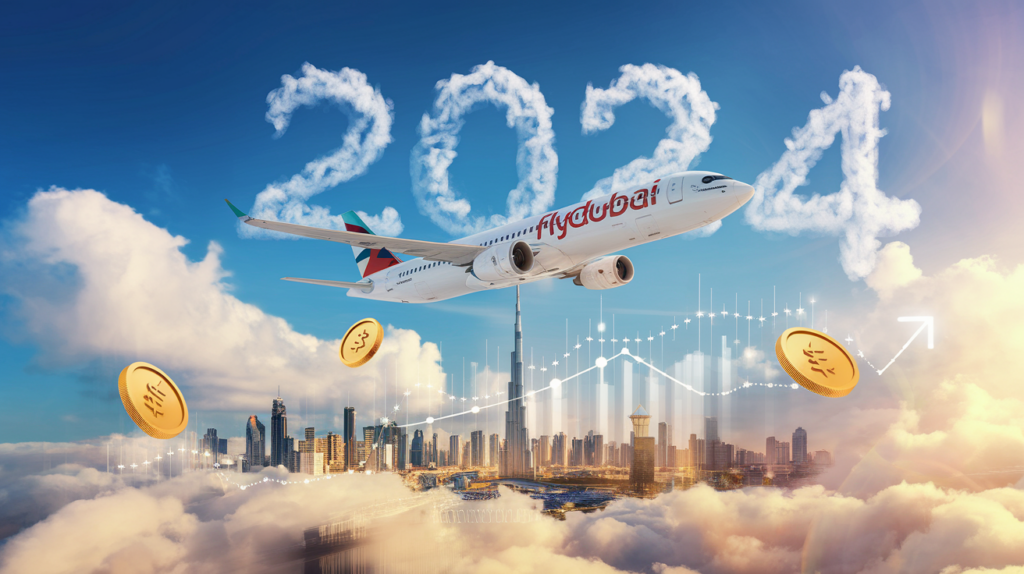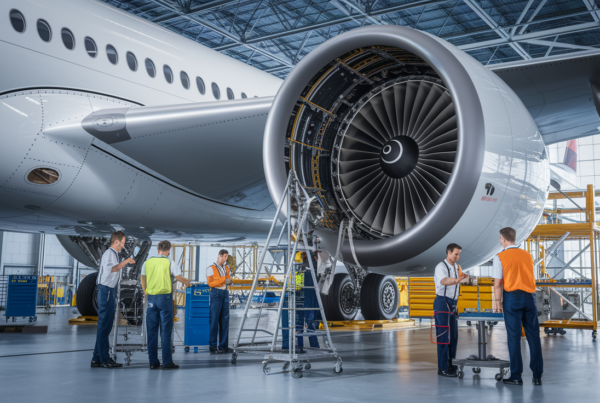In the airline sector, the carbon neutrality refers to a balance between CO2 emissions produced and reductions achieved through techniques or offsets, thus ensuring a stable environmental impact. In contrast, the concept of net zero goes further, aiming for zero additional emissions, including the complete elimination of greenhouse gases. Each approach encourages innovation in technologies, operational management and environmental offsets, but their strategies differ. While carbon neutrality accepts emissions that can be offset, net zero requires radical solutions for sustainable, environmentally-friendly aviation worldwide.
In the airline industry, environmental concerns are becoming increasingly important. The notions of carbon neutrality and net zero are frequently used, although they refer to different concepts. This article aims to explore these distinctions and shed light on the issues guiding aviation players in their ecological transition.
Defining carbon neutrality
Carbon neutrality means balancing greenhouse gas emissions and offsetting them. In this context, an aeronautical company seeks to reduce its emissions by improving energy efficiency, adopting innovative technologies and supporting offset projects, such as reforestation or investment in renewable energies. The aim is to compensate emissions through measures that absorb or avoid CO2.
Define net zero
The concept of net zero goes even further, aiming for zero net greenhouse gas emissions. This ambition implies maximum reduction of emissions at source, combined with carbon capture and storage techniques. In the aviation sector, this approach requires a complete transformation of industrial practices and the rigorous adoption of clean technologies to achieve optimum environmental performance.
Comparison and implications for the airline industry
Although these concepts overlap in their purpose, the difference lies mainly in their scientific and operational approach. Carbon neutrality always admits the presence of emissions, offset by corrective actions, while net zero requires emissions to be reduced until their impact is completely cancelled out without recourse to offsetting. This distinction is crucial for airlines that are continually investing in fleet modernization and reducing their ecological footprint.
Technical procedures and constraints
The technical and operational challenges are considerable. The air transport sector, by its very nature, is energy-intensive and heavily dependent on fossil fuels. Achieving carbon neutrality therefore requires innovative solutions such as optimizing flight paths, developing alternative fuels and investing in research into lighter materials. On the other hand, the net-zero ambition requires an overhaul of infrastructures and industrial processes, forcing airlines to rethink their business models in a resolutely sustainable way.
Contribution of investments and innovations
Innovation plays a central role in this transformation. For example, some companies in the sector are investing heavily in projects aimed at reducing their carbon footprint. Detailed information on these initiatives can be found on specialized platforms, such as the article published by IAG announcing an investment of 200 million euros to support promising innovations in aviation. To find out more, visit this article.
Integrating innovation into overall strategy
Adapting to these new environmental paradigms is accompanied by internal reforms. All communications, whether aimed at the general public or a restricted circle of subscribers, are now subject to a "green" approach. smooth navigation without banner ads. Users registering on the platform also benefit from a reserved pseudonym, guaranteeing that each comment reflects the authenticity of its author. These digital innovations demonstrate that modernization is not just about infrastructure, but also about the user experience.
The role of technology in reducing emissions
The use of advanced technologies, such as real-time monitoring systems and environmental data analysis, enables precise monitoring of flight energy performance. These innovative solutions make it easier to identify areas for improvement, and contribute to the development of effective strategies for achieving carbon neutrality or net zero. The integration of this type of technology offers airlines the opportunity to turn complex challenges into competitive levers.
A collective commitment to a greener future
Finally, achieving carbon footprint reduction targets requires close collaboration between the various players in the sector. Governments, equipment manufacturers and airlines must cooperate to create an ecosystem conducive to sustainable innovation. Subscribers and readers, who benefit from a comment system snapshotsIn this way, we reinforce our collective commitment to an environmentally-friendly future.
Comparison of approaches : Carbon neutrality vs. Zero Net in the Air Sector
| Definition | Visit carbon neutrality offsets emissions with credits, while the net zero aims to eliminate all emissions. |
| Approach | Neutrality accepts a neutral balance sheet; net zero requires the total absence of a net balance sheet. |
| Methodology | The former favors compensation, while the latter focuses on reduction and innovation. |
| Perimeter | Neutrality focuses on defined scopes, while net zero requires global management of emissions. |
| Temporality | Neutrality targets short-term objectives, while net zero implies a long-term vision. |
| Regulations | Neutrality can be supported by certified compensation mechanisms, while net zero requires structural transformation. |
| Environmental impact | Neutrality reduces impact through balance, while net zero aims to eliminate net impact. |
| Challenges | Neutrality depends on compensation mechanisms, while net zero requires sustainable innovation and investment. |
On the same theme
FNAM: The French airline industry faces a relentless decline
The Fédération nationale de l'aviation et de ses métiers (FNAM) warns of the inexorable decline of the French airline industry, citing the damaging impact of rising taxes. In 2024, despite a recovery close to pre-Covid levels with 178.4 million passengers, the...
Airline sector: Should the debate on the guarantee fund be relaunched?
European Union ministers have met to discuss the creation of a guarantee fund to cover airline defaults, a subject long abandoned. Although this grouping does not promise immediate action, its importance lies...
flydubai achieves outstanding financial performance in 2024
In 2024, flydubai posted record financial results, with pre-tax profits of AED 2.5 billion (USD 674 million), up 16%. Sales reached AED 12.8 billion (USD 3.5 billion). The company, with its...







